University Review
Innovating for a better future
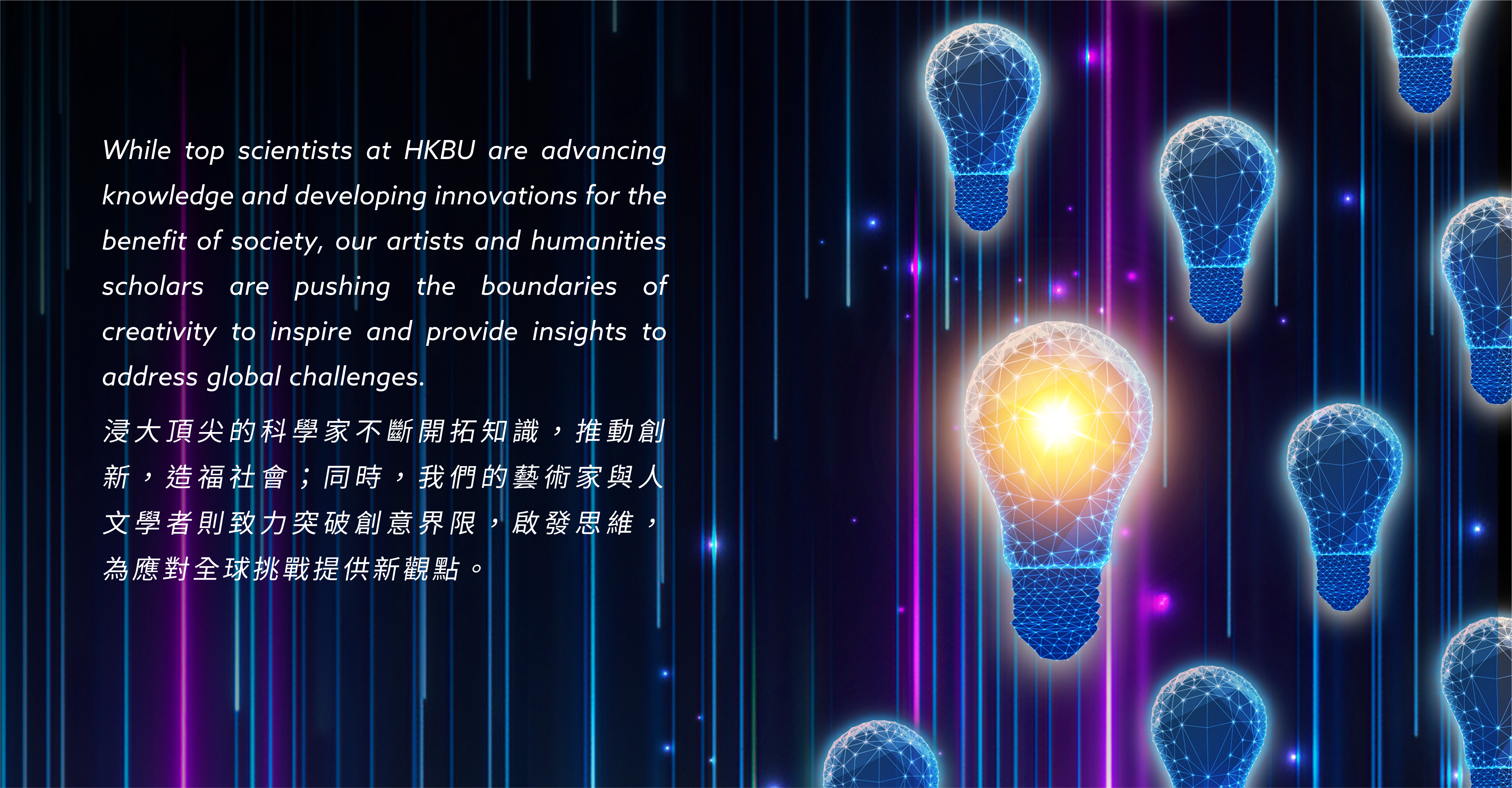

.
Promoting the modernisation of Chinese medicine
Establishment of Centre for Chinese Herbal Medicine Drug Development
HKBU established the Centre for Chinese Herbal Medicine Drug Development with funding from the InnoHK initiative under the Innovation and Technology Commission of the HKSAR Government. The Centre is the only integrated Chinese medicine drug research and development centre supported by InnoHK and established and operated by a local university. A one-stop Chinese medicine drug development platform, the Centre aims to accelerate the development of novel Chinese herbal medicine drugs. In particular, it focuses on developing treatments and cures for common diseases such as inflammatory bowel disease and chronic constipation. It also serves as a platform to enhance the quality of pre-clinical and clinical Chinese herbal medicine research and to nurture talent for Chinese herbal medicine research in Hong Kong.
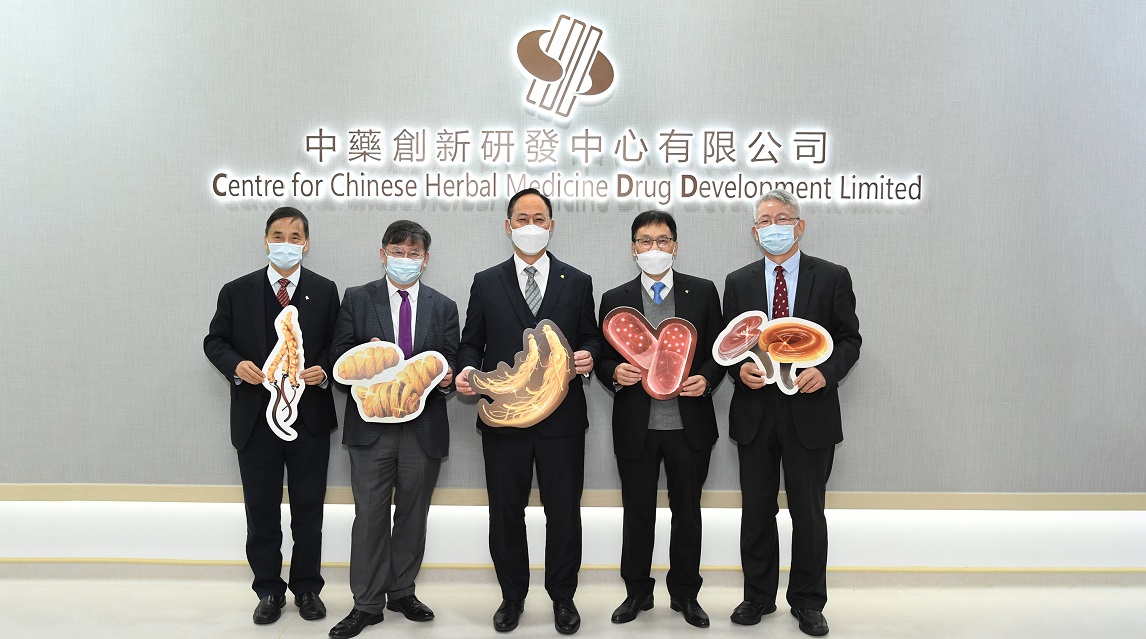

Joint partnership for the modernisation and internationalisation of Chinese medicine
HKBU and China Resources Enterprise Limited (CRE) signed a Memorandum of Understanding (MOU) in May 2022 to jointly promote the modernisation and internationalisation of Chinese medicine. Under the MOU’s collaboration framework, HKBU and CRE will explore the establishment of the HKBU-CRE Joint Innovation Centre on Smart Chinese Medicine. The initiative also aims to integrate the strengths of both parties to advance the standardisation, modernisation and scientific development of Chinese medicine so that Chinese medicine will be more widely accepted by the international community and will further contribute to safeguarding human health.
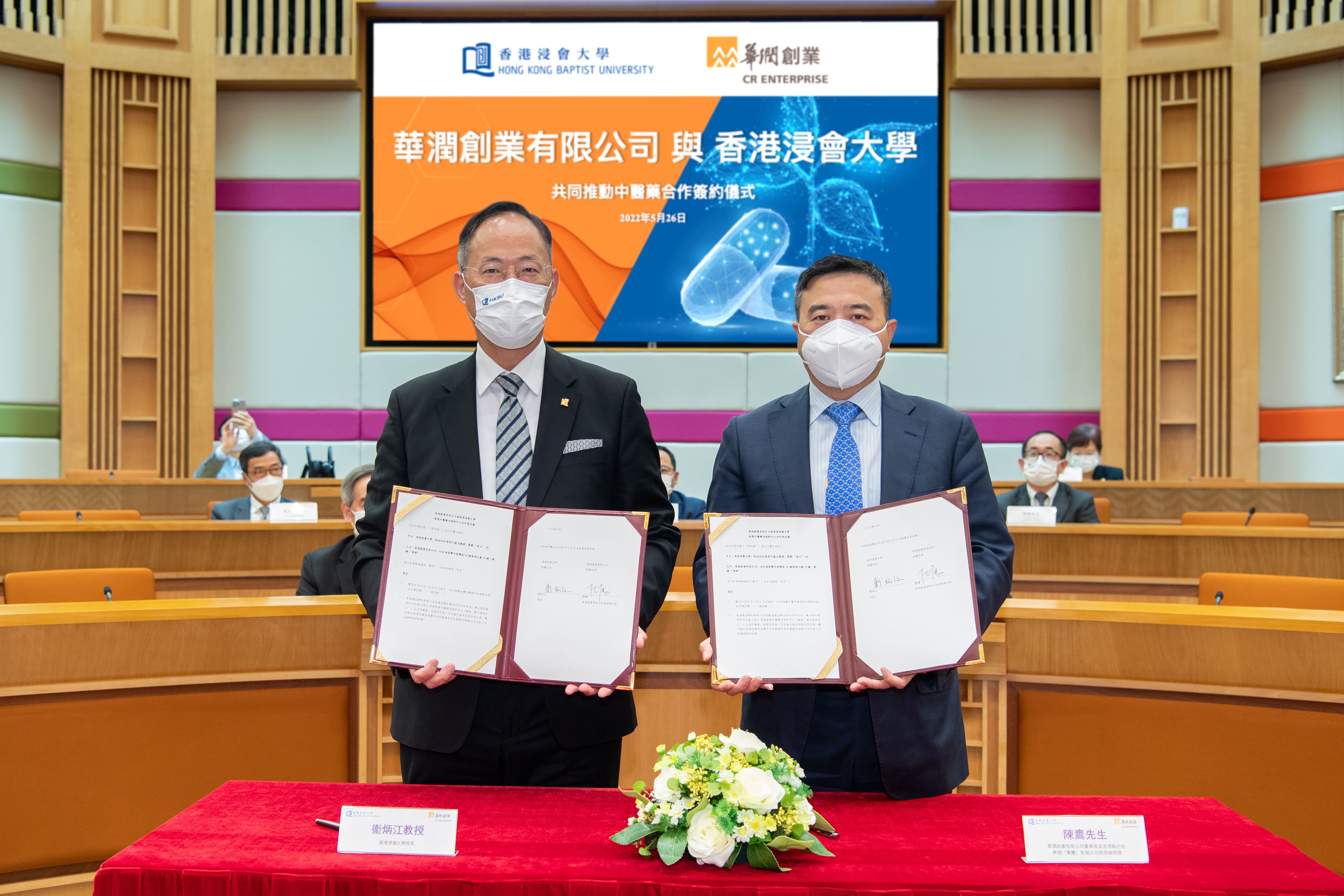

Advancing health and well-being
Discovering the link between gut microbial enzymes and colitis
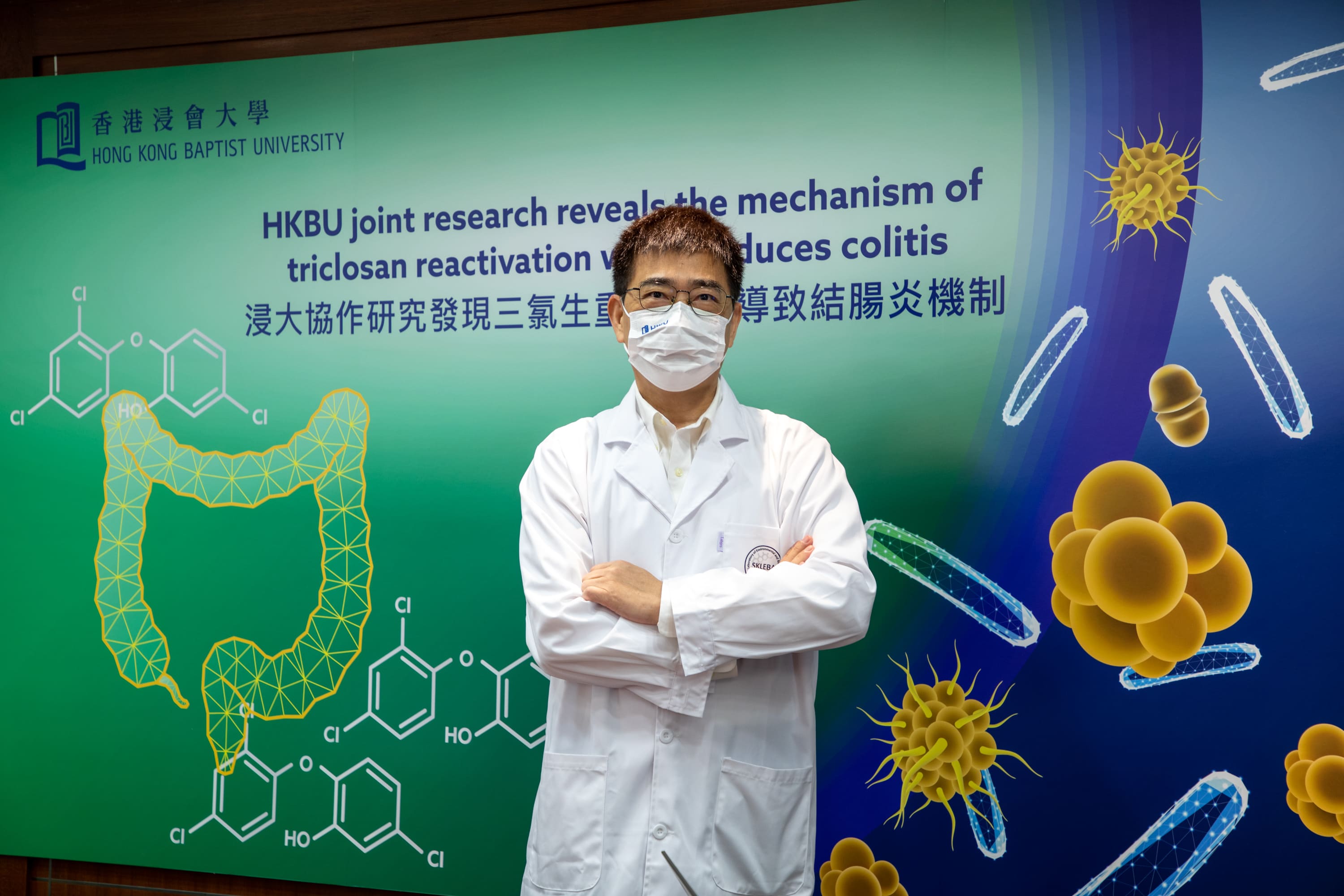

The chemical triclosan (TCS) is an antimicrobial agent that appears in consumer products such as toothpaste, cosmetics and toys. Once TCS enters the human body, it is rapidly metabolised to form the biologically inactive metabolite TCS-glucuronide (TCS-G), which is easily eliminated from the body. However, a research study co-led by Professor Cai Zongwei (Department of Chemistry) revealed that two gut microbial enzymes from the β-glucuronidase family, namely “Loop 1” and “flavin mononucleotide-binding”, reactivate TCS from the inactive TCS-G, leading to increased gut toxicity and a higher chance of developing colitis, an inflammatory condition that affects the colon.
Novel cell sensor for rapid screening of drug-resistant bacteria
Dr Ren Kangning (Department of Chemistry) and his research team developed a novel cell sensor with a barcode-like micro-channel structure that enables rapid and low-cost screening of drug-resistant bacteria. The invention could potentially be used on a large scale in resource-limited situations such as frequent safety screenings of water, food and public facilities, as well as urgent surveys of massive samples during an infectious disease outbreak.
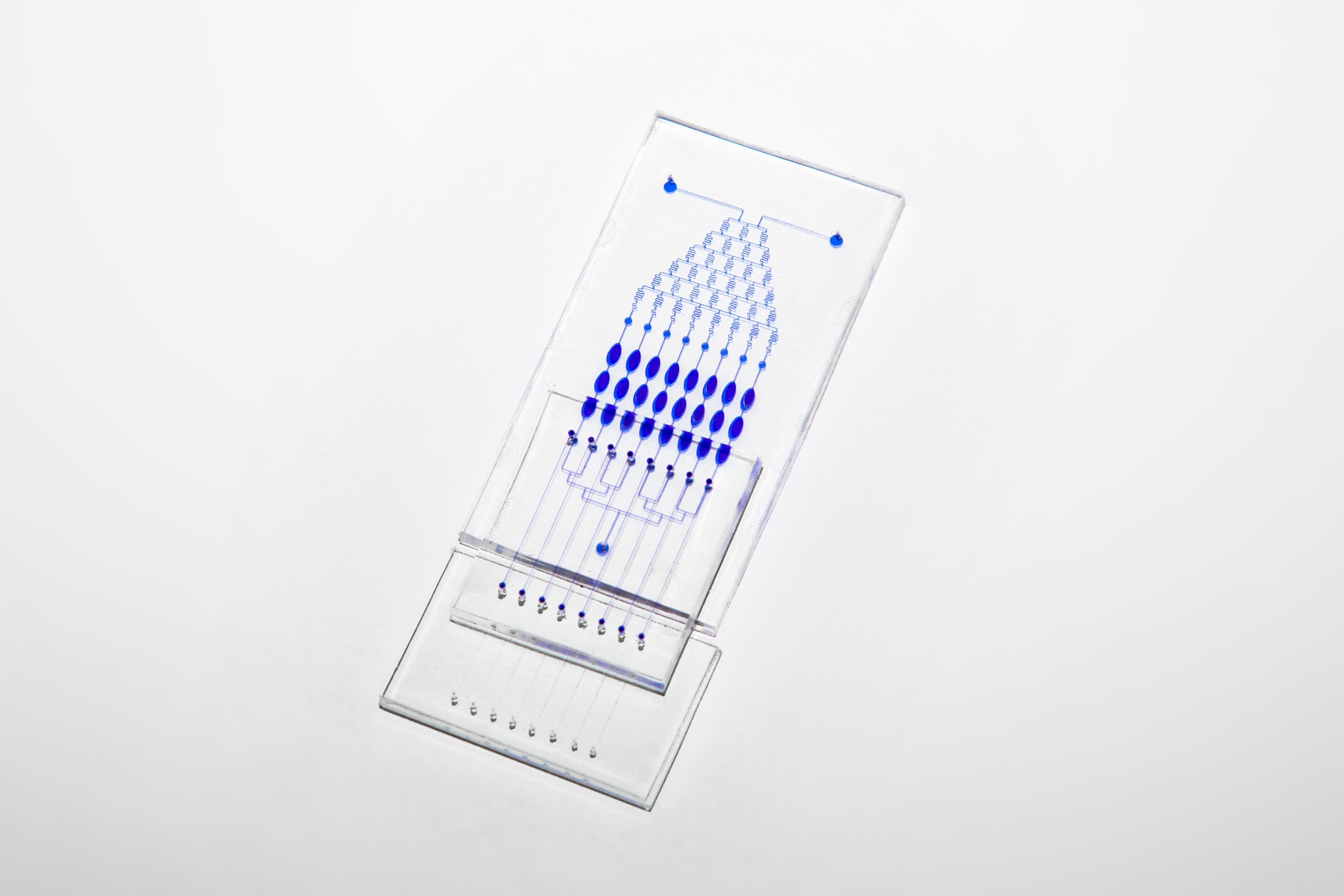

A promising drug targets obesity
Led by Dr Xavier Wong and Professor Bian Zhaoxiang (School of Chinese Medicine), a research team found that a proteolytic enzyme called membrane-type 1 matrix metalloproteinase (MT1-MMP) plays an important role in the regulatory mechanism that underpins the sensation of fullness, or satiety. The research findings suggest that MT1-MMP is a potential therapeutic target that could be used in the development of innovative drug treatments for obesity.


Exposure to bisphenol S may increase breast cancer risk
A study led by Professor Cai Zongwei (Department of Chemistry) revealed that different degrees of exposure to bisphenol S (BPS), an industrial chemical widely used in paper products and plastic containers, are associated with the growth and deterioration of breast tumours in a mouse model. The research findings suggest the need for more in-depth and comprehensive research on the potential negative impact of BPS on human health. In addition, an ongoing search may be warranted for a safer alternative to BPS for use in industrial production.
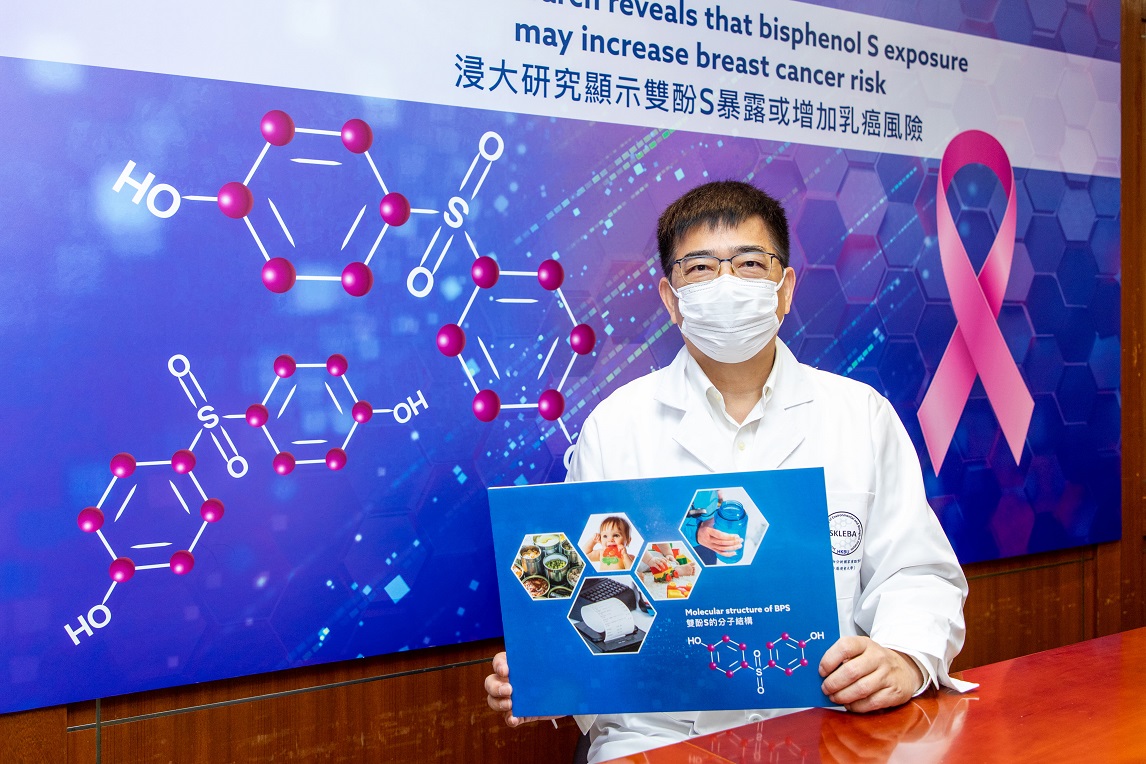

Significant association between PM2.5 and neurological disorders
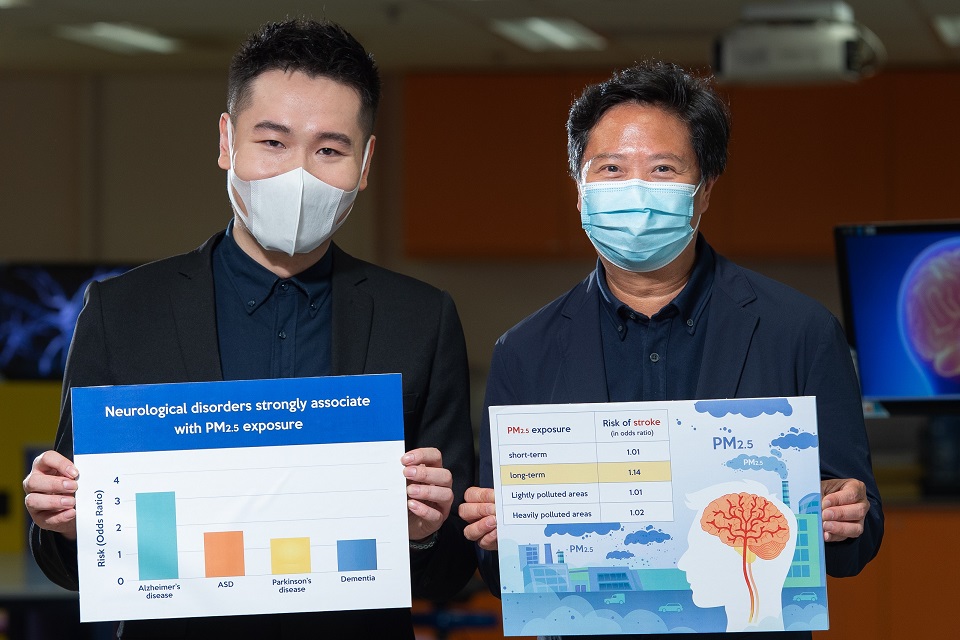

Led by Professor Ken Yung (Department of Biology), an HKBU research team conducted a comprehensive, systematic meta-analysis of the association between exposure to PM2.5, i.e., fine particulates with equivalent diameters of less than 2.5 microns suspended in the air, and neurological disorders. The study revealed that exposure to PM2.5 is strongly associated with increased risks of stroke, dementia, Alzheimer’s disease, Parkinson’s disease and autism spectrum disorder.
Acute stress prompts integration in brain networks
A critical feature of the human brain is its ability to reconfigure its network structure dynamically and adaptively, which enables complex cognition. An interdisciplinary research team co-led by Professor Zhou Changsong (Department of Physics) and Dr Yu Rongjun (Department of Management) found that in response to an acute stressor, brains maintain a more integrated state, especially in the frontal-temporal regions. The study revealed that the changes in brain networks are associated with elevated levels of cortisol, which is known as the stress hormone, as well as improved cognitive-control performance.
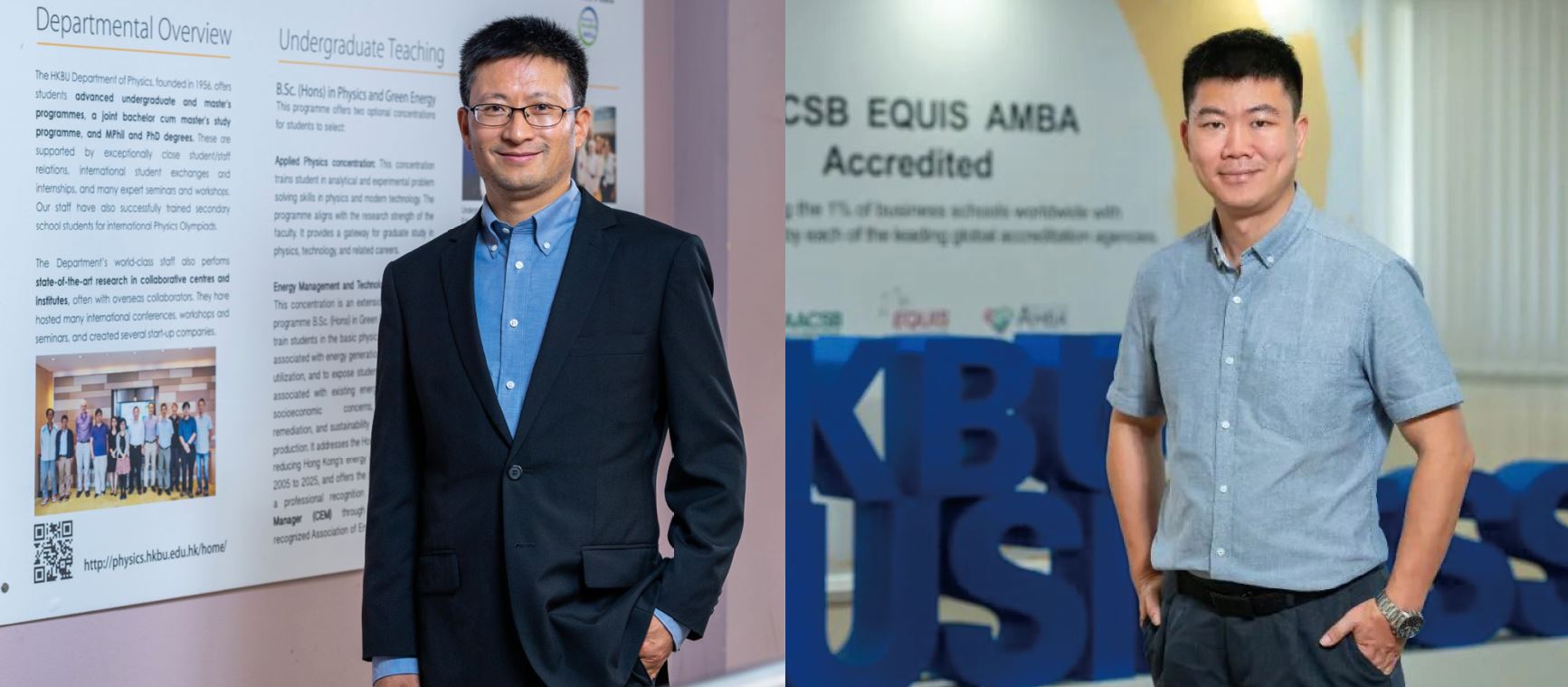

Inspiring discoveries
Managing disasters with artificial intelligence
Dr Zhai Wei (Department of Geography) has been researching the use of artificial intelligence to improve our understanding of individuals’ perception of disasters and the damage they cause. He and his colleagues applied a deep learning model to automate the process of evaluating post-disaster damage levels using Google Street View (GSV) images. They found that GSV-based damage assessments can provide timely and accurate data. Such information is invaluable to humanitarian organisations and disaster management practitioners, as it allows them to devise recovery strategies.
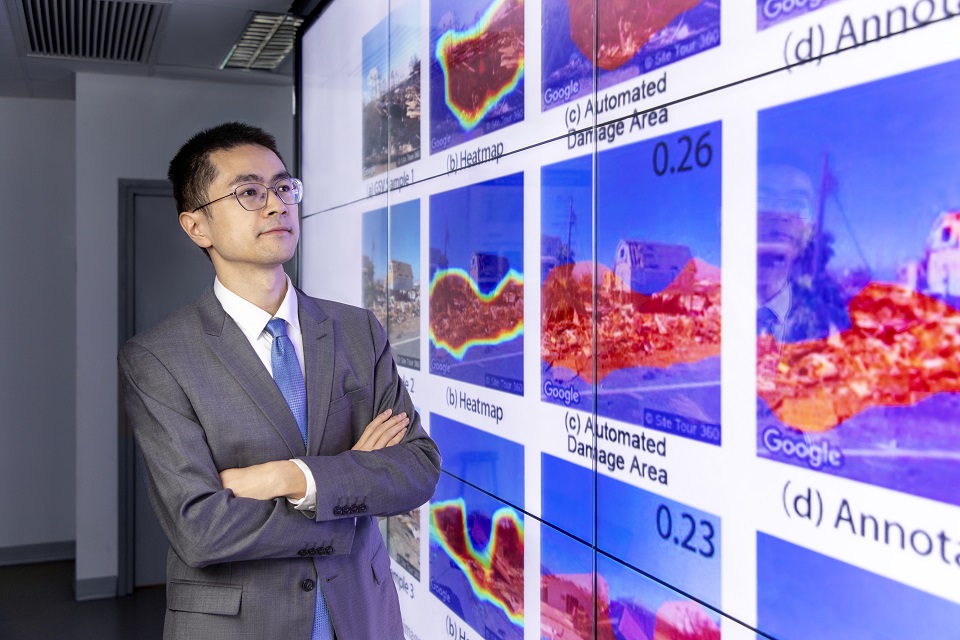

Recreating Shek Pik villages with new technology
A research team led by Professor Chung Po-yin (Department of History) received a grant from the Lantau Conservation Fund to conduct a three-year research study of the heritage of four villages at the bottom of the Shek Pik Reservoir. The villages have a history stretching back hundreds of years. Through the use of modern technologies such as photogrammetry and heritage information modelling, the project intends to present the history of Shek Pik and build computer models of the villages in the virtual world, thus helping to raise public awareness of the rich cultural heritage of Lantau Island and southern China.
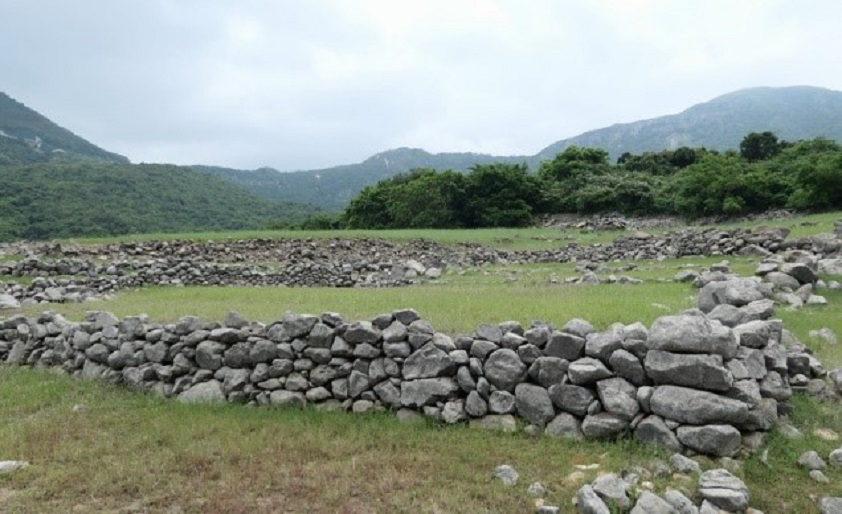

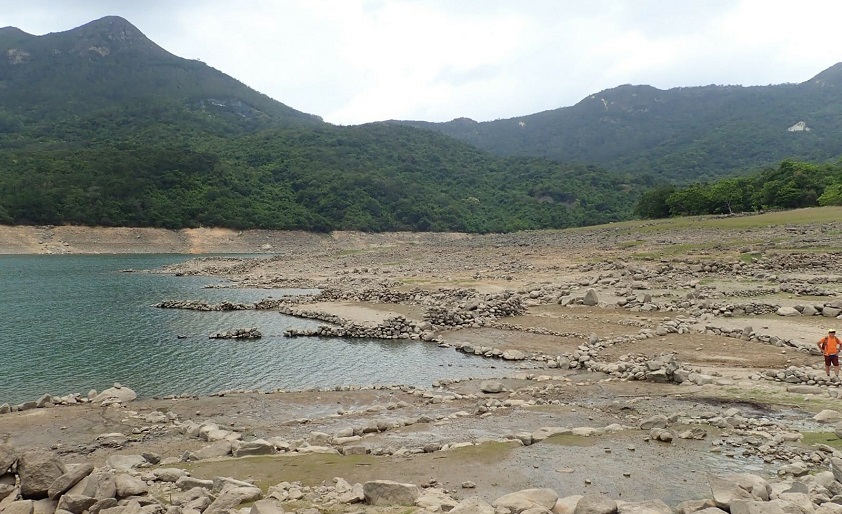

Visualising our impact on space
Professor Louis Nixon (Academy of Visual Arts) spent six years developing the research and artworks featured in the exhibition Dropped, held from September to December 2021. The artworks, from a 3D-printed spanner to footage of items in space and the impact of different rocks on metal tables, explore through sculpture and film how objects behave under the influence of gravity both in space and on earth. The interplay of art and technology helped viewers visualise and learn about issues such as how humans have disrupted the pristineness of space.
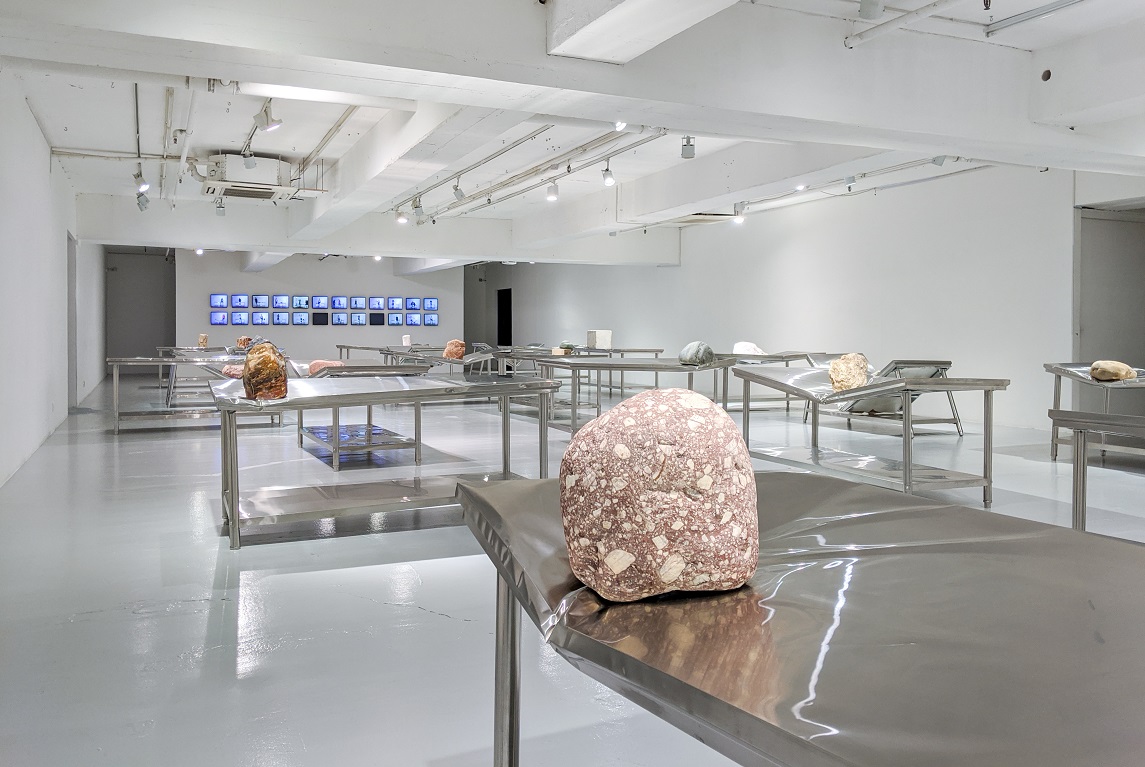

Biologists discover new coral and nudibranch species
Professor Qiu Jianwen (Department of Biology) and his team discovered in Hong Kong waters a new species of hard coral and two new species of nudibranch, a type of marine mollusc, which have never been identified elsewhere in the world. The new coral species belongs to the genus Tubastraea, which is commonly known as sun coral, and the two species of nudibranch are named Phestilla goniophaga and Phestilla fuscostriata. The discoveries of new species from these commonly seen animal groups are a vivid reflection of Hong Kong’s rich marine biodiversity.
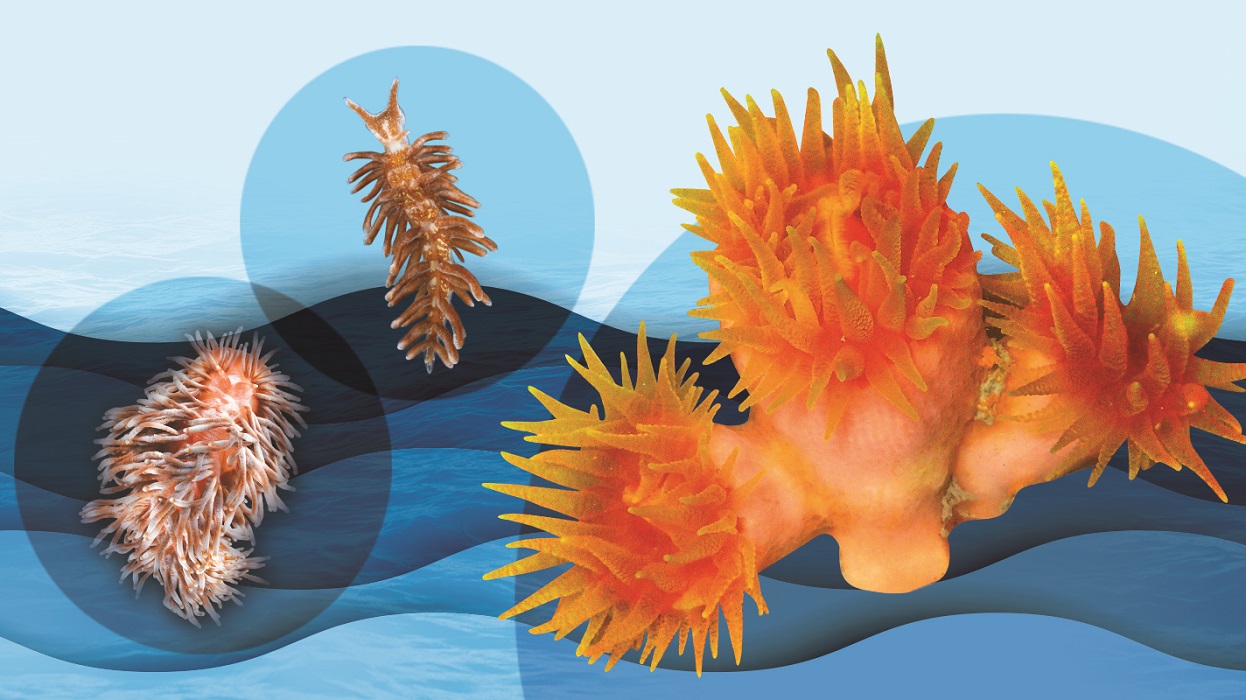

Exploring language development in children


Dr Angela He (Department of English Language and Literature) investigates how young children learn to speak their mother tongue. She found that our nature, such as our innate biology, can have a significant impact on how much we can process at a young age. Therefore, it is important to tailor nurture - the language input - to nature. Her study also highlighted the importance of timing in providing the input in language acquisition. For example, sleep helps to commit newly learned words and grammar to our long-term memory.
Benefiting society through knowledge transfer
HKBU’s AI-enhanced technology adopted by LeaveHomeSafe
(Department of Computer Science) and his team has been incorporated into LeaveHomeSafe, the contact tracing mobile app launched by the HKSAR government. The privacy-preserving technology was originally developed for BU-Trace, the city’s first and HKBU’s own COVID-19 alert system. Powered by a novel AI algorithm, LeaveHomeSafe utilises the built-in accelerometer in mobile phones to automatically record the time when users leave a taxi by monitoring the motion patterns of users.


Enhancing secure data sharing and analytics
A secure data sharing and analytics research project led by Professor Xu Jianliang and Professor Chu Xiaowen (Department of Computer Science) has been granted HK$6.7 million by the Collaborative Research Fund of the Research Grants Council. Titled “User-controlled Secure Data Sharing and Analytics with Blockchain and Trusted Computing Technologies”, the project focuses on developing new blockchain and trusted computing technologies to enable user-controlled data sharing, searches, and analytics.
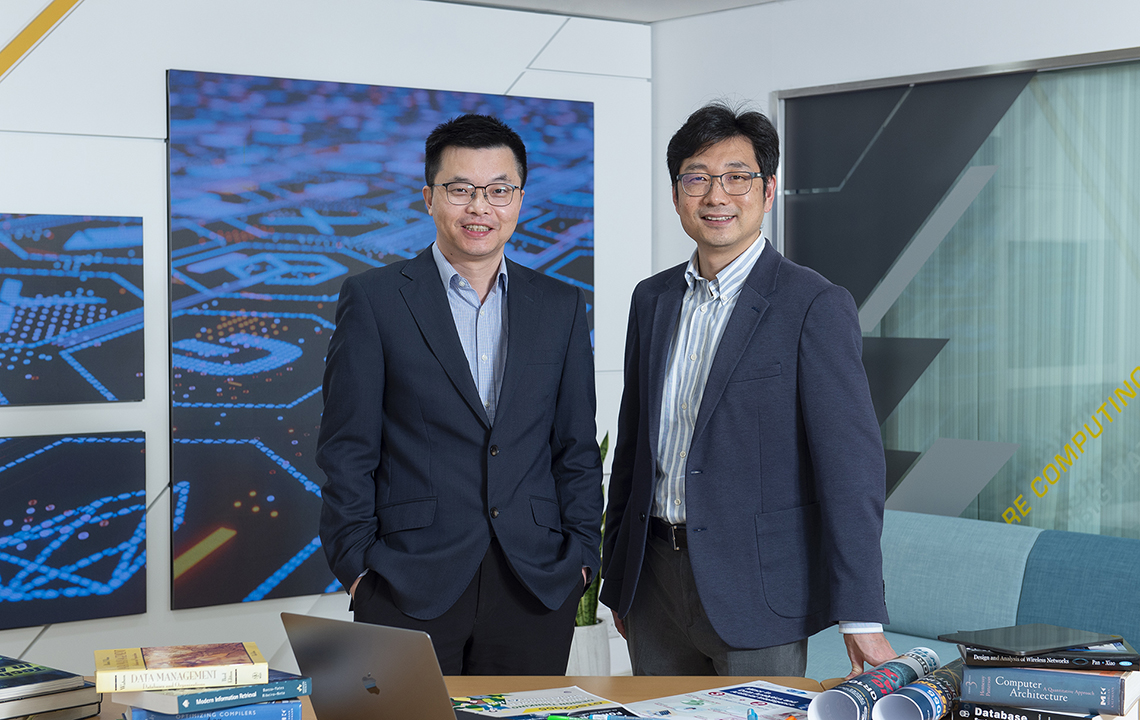

Contributing to national space missions
Ms Anna Qin (Academy of Visual Arts) played a key role in the design of the Landing Chair for China’s Shenzhou spacecrafts. The portable chair provides astronauts landing on Earth from spaceflights with full-body support after their bodies, including bone density and muscle strength, have been affected or weakened by long periods of weightlessness. Ergonomics was also incorporated in the design to ensure the chair can provide good support and comfort for the astronauts as they rest, move about and adapt to Earth’s gravity.
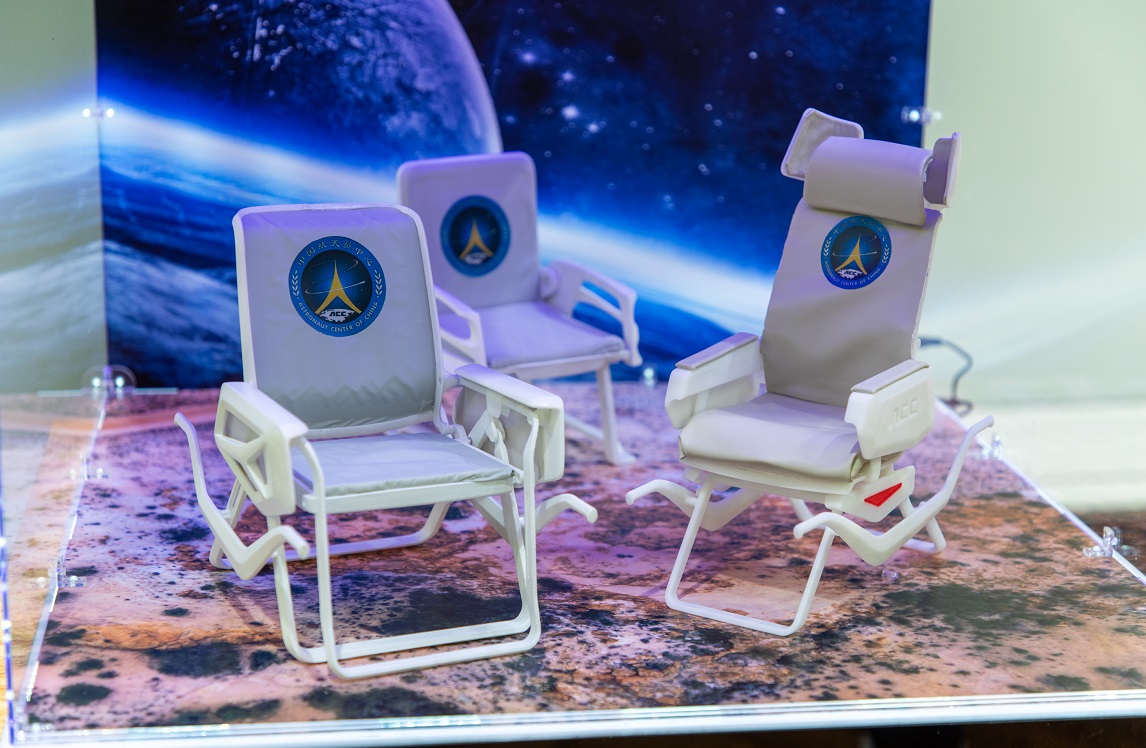

Finding effective ways to debunk misinformation online
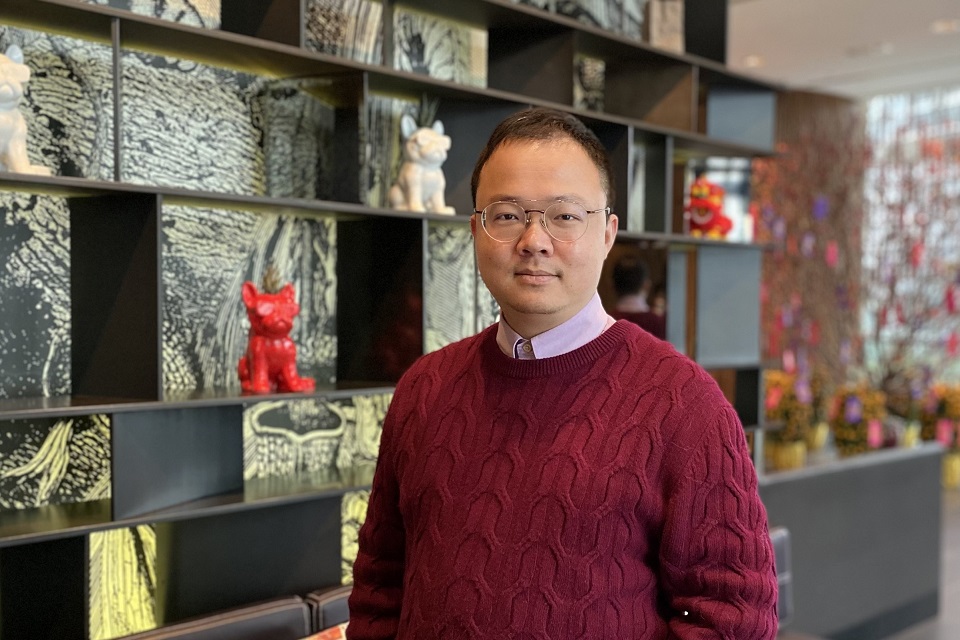

A research project by Dr Zhang Xinzhi (Department of Journalism) examined the fact-checking and debunking practices of professional communicators on social media. The project evaluated the effectiveness of these clarification and debunking messages during the COVID-19 pandemic using an experimental design. The research findings can help government authorities, media organisations, journalists and technology companies design more effective messages and communication strategies so as to provide the public with correct and verified information, especially in the health domain.
Interactive map presents history in a novel way
Dr Kwong Chi-man (Department of History) and colleagues developed an electronic interactive historical map about the Battle of Hong Kong (8-25 December 1941) that can be used in schools. The project aimed to stimulate students’ interest in history and maps while promoting the study of history in society. By combining digital technologies and historical content, viewers can freely interact with different categories of information and explore the battle’s timeline and experience historical events in a way that goes beyond the traditional textual dimension.
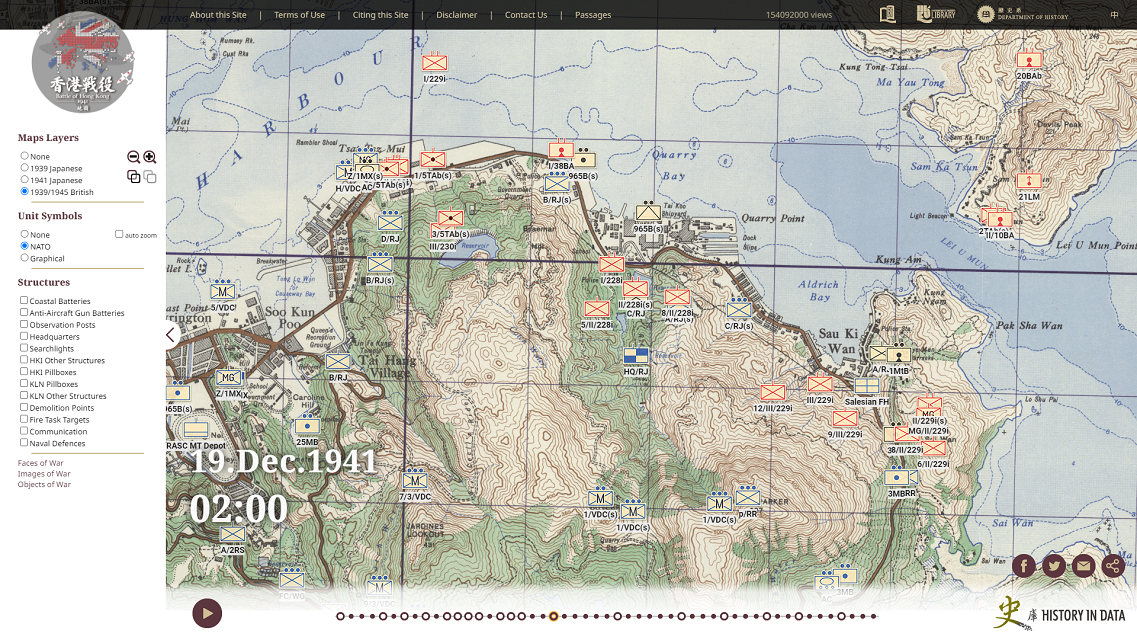

Reimagining the Grand Tour through virtual reality and music
Supported by HKBU’s Knowledge Transfer Partnership Seed Fund, Dr Yoonie Han (Academy of Music) is working on an interdisciplinary project that combines music and new technology to present the Grand Tour of Europe, a trip undertaken by elite young men in the 17th to 19th centuries. The project will feature a series of free-form musical compositions, which will be complemented by a virtual reality interpretation of the locations typically visited on the tour. In addition, a mobile app will be developed to enable the public to create their own itinerary and experience on the virtual tour.
Establishment of the Institute for Innovation, Translation and Policy Research
To facilitate the technology translation of HKBU’s excellent basic research, the University established the Institute for Innovation, Translation and Policy Research (ITPR) to drive strategic alliances, collaborations, multidisciplinary research and development as well as its application. The ITPR serves to bridge the gap between scholars and industry, support scholars in looking for collaborative partners, and help industry identify our research excellence with the potential to be translated into real-life applications.
Incubating art tech entrepreneurs
To promote entrepreneurship in art tech and innovation, the Knowledge Transfer Office launched the BU Ideas Galore! Competition. This contest is designed for researchers and students who aspire to turn their research outcomes and creative solutions into real-world applications through entrepreneurship. The winner of the competition’s Art Tech category was a team of visual arts students whose project focused on developing a mobile app that combines augmented reality technology and art therapy practices to enhance mental wellness in the pandemic era. Dr Zhou Yuanyuan (Department of Physics) was named champion in the Innovation category of the competition with his research on perovskite semiconductor technology, which has the potential to advance the development of the solar energy field.